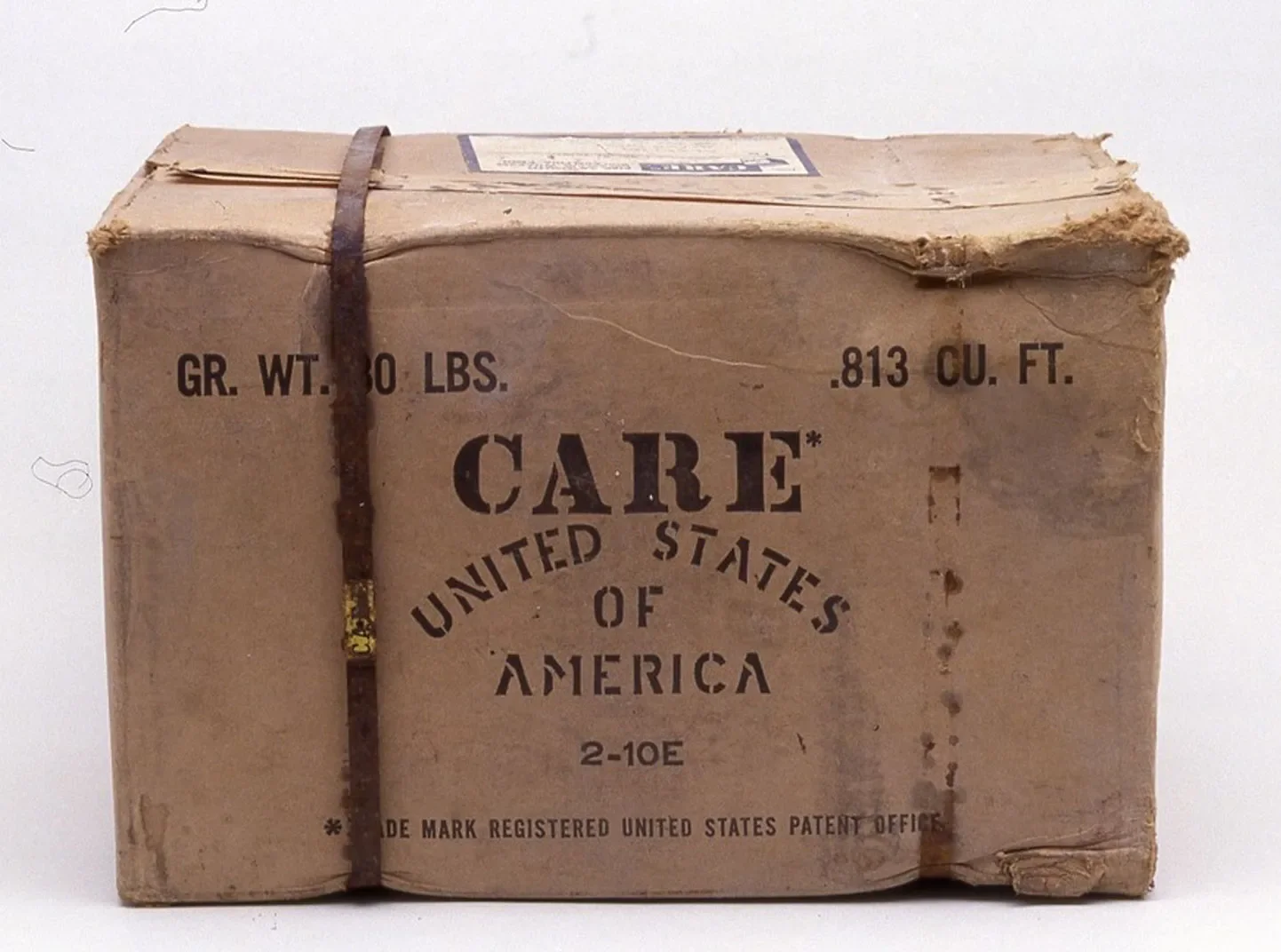- Crisis Response
News & Stories
Crisis Response
A kit, a clinic, a chance: For survivors of sexual violence in DRC, safety depends on dwindling supplies
By Sarah Easter and Becca Mountain • December 2, 2025
Crisis Response
Funding cuts close the last door to healthcare in frontline Ukraine
By Sarah Easter and Becca Mountain • November 20, 2025
View news and stories by topic:
Sudan hunger crisis: Funding cuts threaten millions
Conflict-driven malnutrition is ravaging Sudan, leaving half the population facing extreme hunger. Millions of people face catastrophic risk from hunger and collapsing services. Despite challenges, CARE delivers vital aid amid massive funding cuts.
Read MoreFutures on hold: Nepal funding cuts risk early marriage for 300+ girls
Twelve-year-old Radhika Yadav's fears were immediate: Without the UDAAN education program, she and over 300 other girls in Madhesh and Lumbini provinces face the risk of early marriage. The termination of the $329 million aid funding has put millions of girls’ futures in jeopardy across Nepal.
Read MoreA kit, a clinic, a chance: For survivors of sexual violence in DRC, safety depends on dwindling supplies
When 18-year-old Neema survived a brutal attack in eastern DRC, a single PEP kit changed the course of her life. But as funding cuts leave facilities without lifesaving supplies, thousands of women and girls may be turned away when they need care the most.
Read MoreCARE at 80: Eight decades of courage, compassion, and change
80 years after the first CARE PACKAGE® shipments arrived in postwar Europe, CARE continues to deliver lifesaving aid and long-term support in some of the world’s hardest-hit communities. From emergency response to modern CARE PACKAGE programs and digital tools for women, this anniversary story highlights CARE’s past, present, and future impact.
Read MoreHeart of the Andes: Indigenous women revive the native shungo potato
On the slopes of Mount Chimborazo, Indigenous women are cultivating ancient potato varieties using traditional methods. Their work preserves cultural heritage, strengthens local agriculture, and supports families facing the pressures of a changing climate.
Read MoreHelp CARE respond to emergencies.
CARE is there delivering lifesaving aid and defending the lives of families in crisis.
Opportunity lost: The human cost of aid cuts in Tanzania
When U.S. funding cuts abruptly ended a youth training program in Tanzania, thousands of young people, many of them mothers, lost their chance to build stable livelihoods. Their stories reveal the real human cost of aid cuts and why support matters.
Read MoreMarket makers: A snapshot of savings groups driving global economic growth
From the markets of Uganda to the hills of Ecuador, savings groups are helping women and youth turn small investments into lasting change. These groups drive entrepreneurship, digital innovation, and community resilience.
Read MoreSix reasons women’s savings groups drive economic growth
Amid global funding cuts and rising crises, this piece outlines six compelling reasons why CARE continues to invest in women-led savings groups (VSLAs). From delivering a high return on investment (VSLAs return $18.85 for every $1 invested) to building resilience in emergencies and closing the massive global financing gap for women entrepreneurs, VSLAs are proving to be the cornerstone of sustaina
Read MoreCARE ready to deliver emergency packages in Gaza
After two years of siege and a fragile ceasefire, CARE is bringing relief to families in Gaza suffering from hunger and displacement. Building on a legacy that began in 1948, CARE's team continues delivering food, water, medical care, and hope through modern CARE PACKAGES® to communities who have lost everything.
Read More